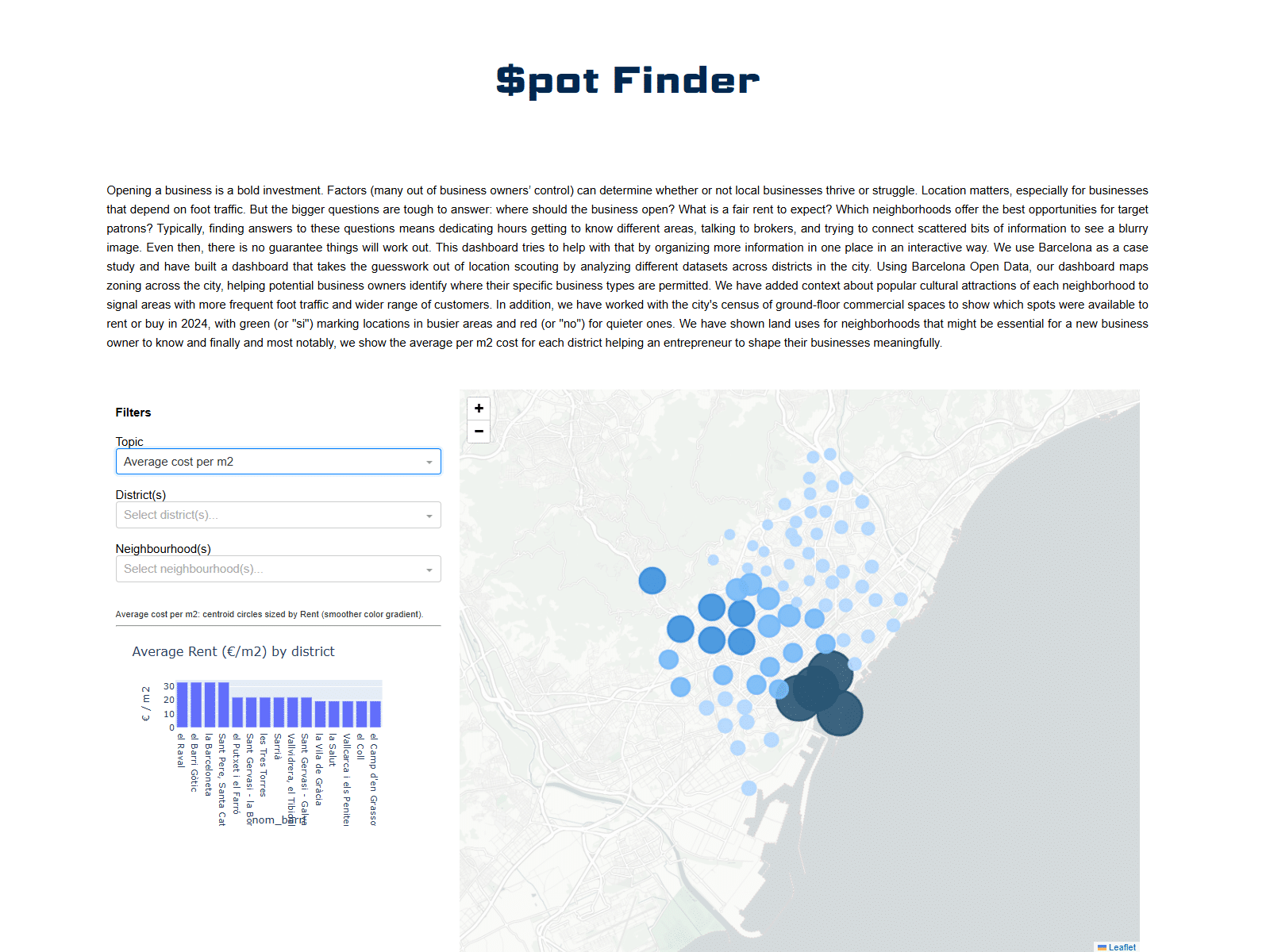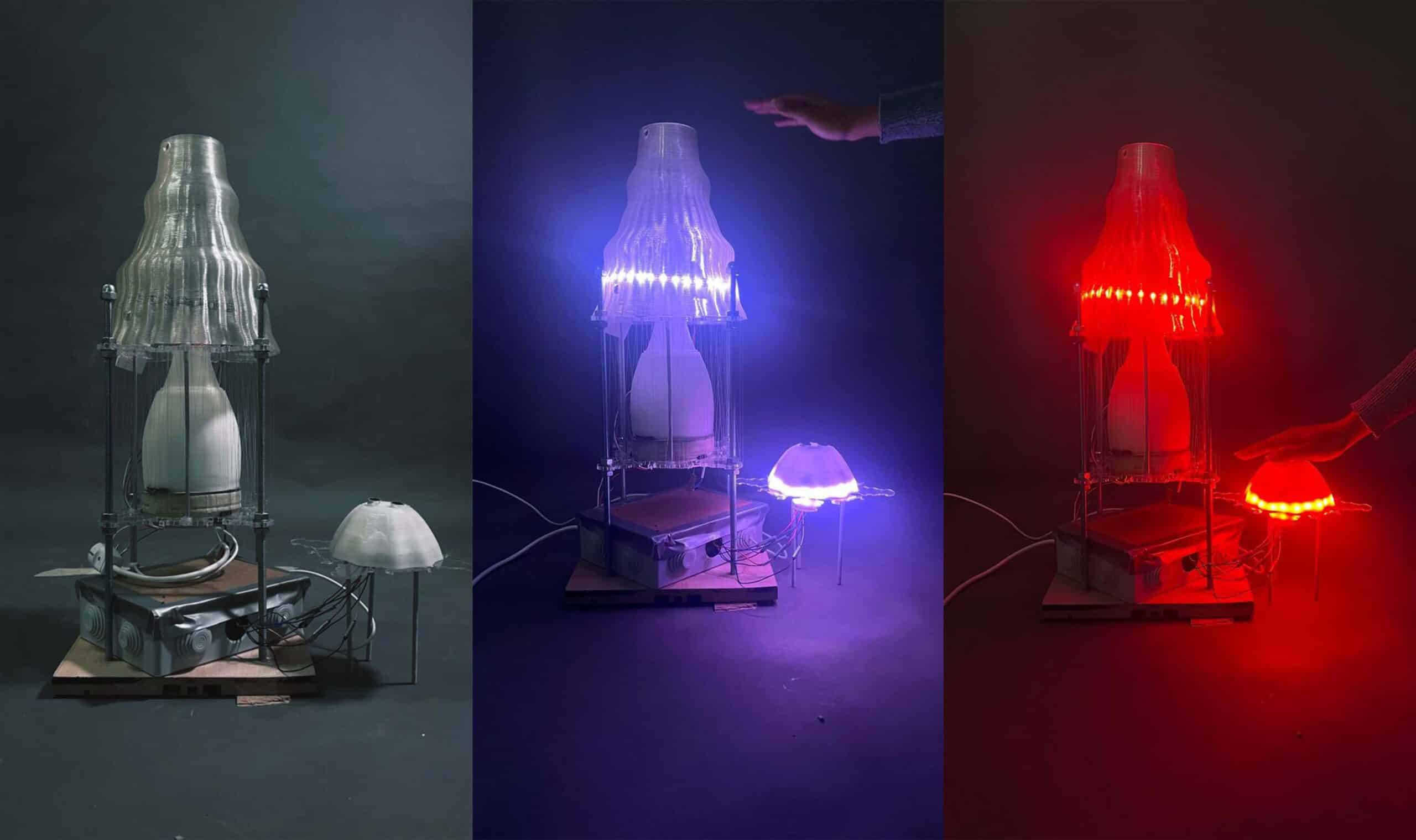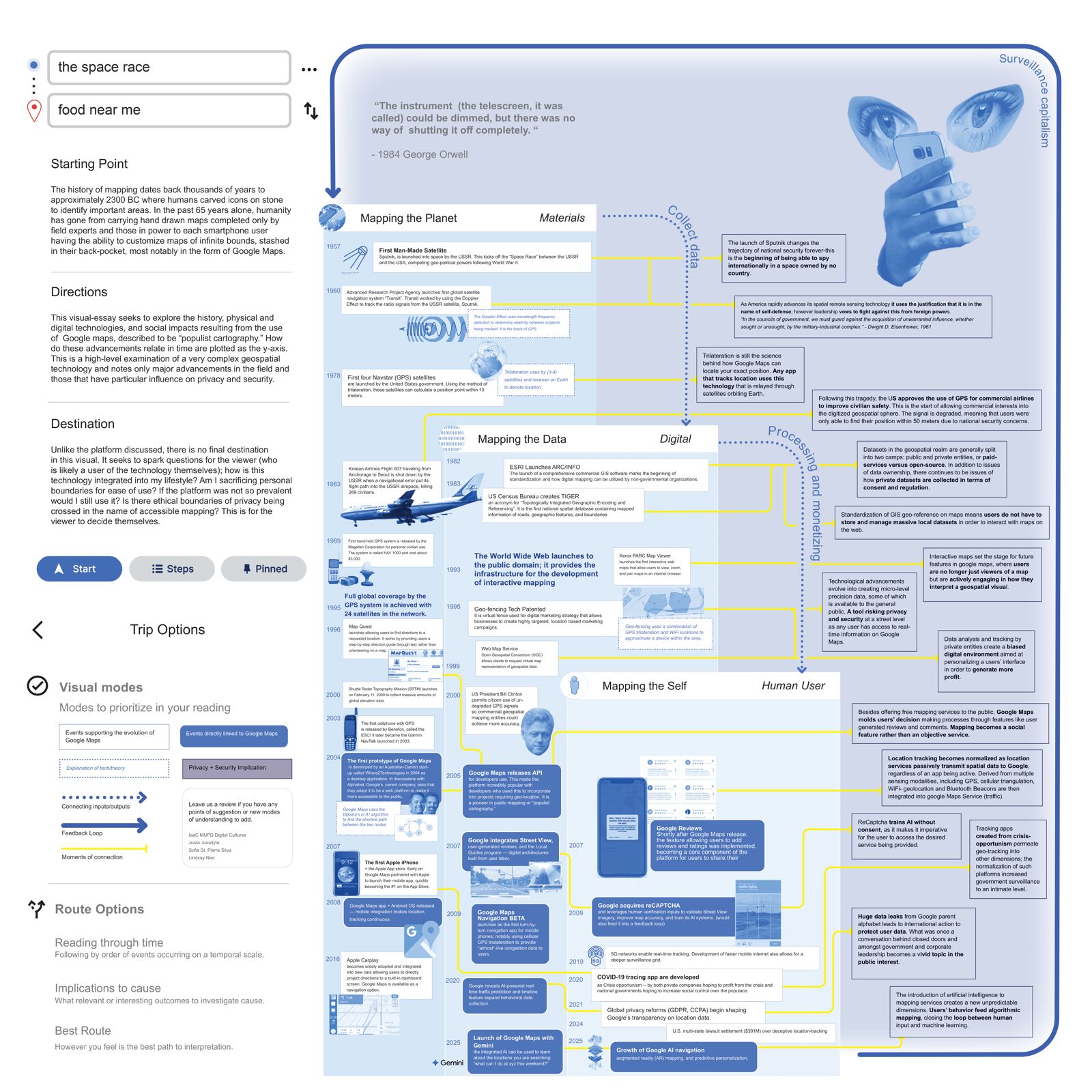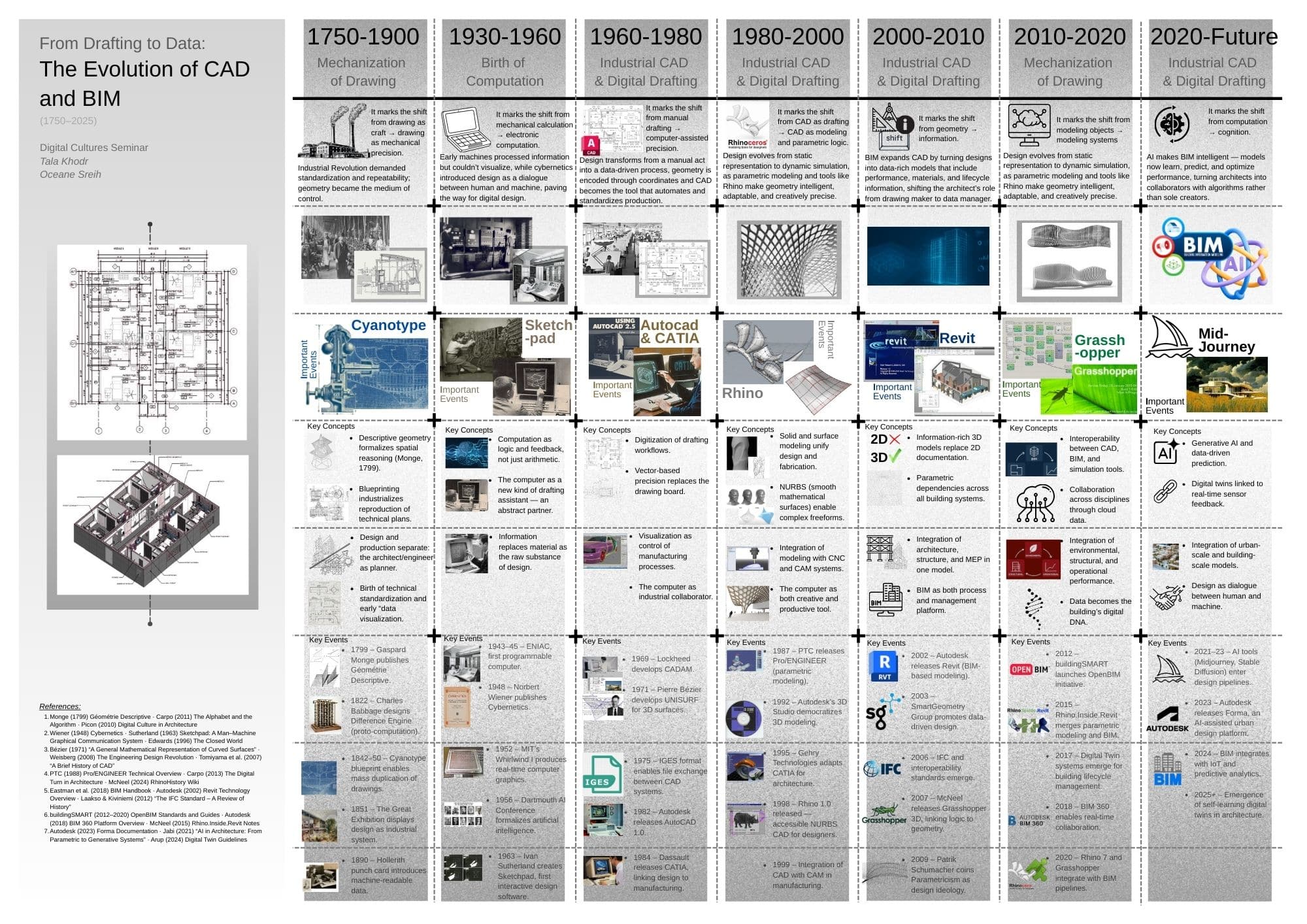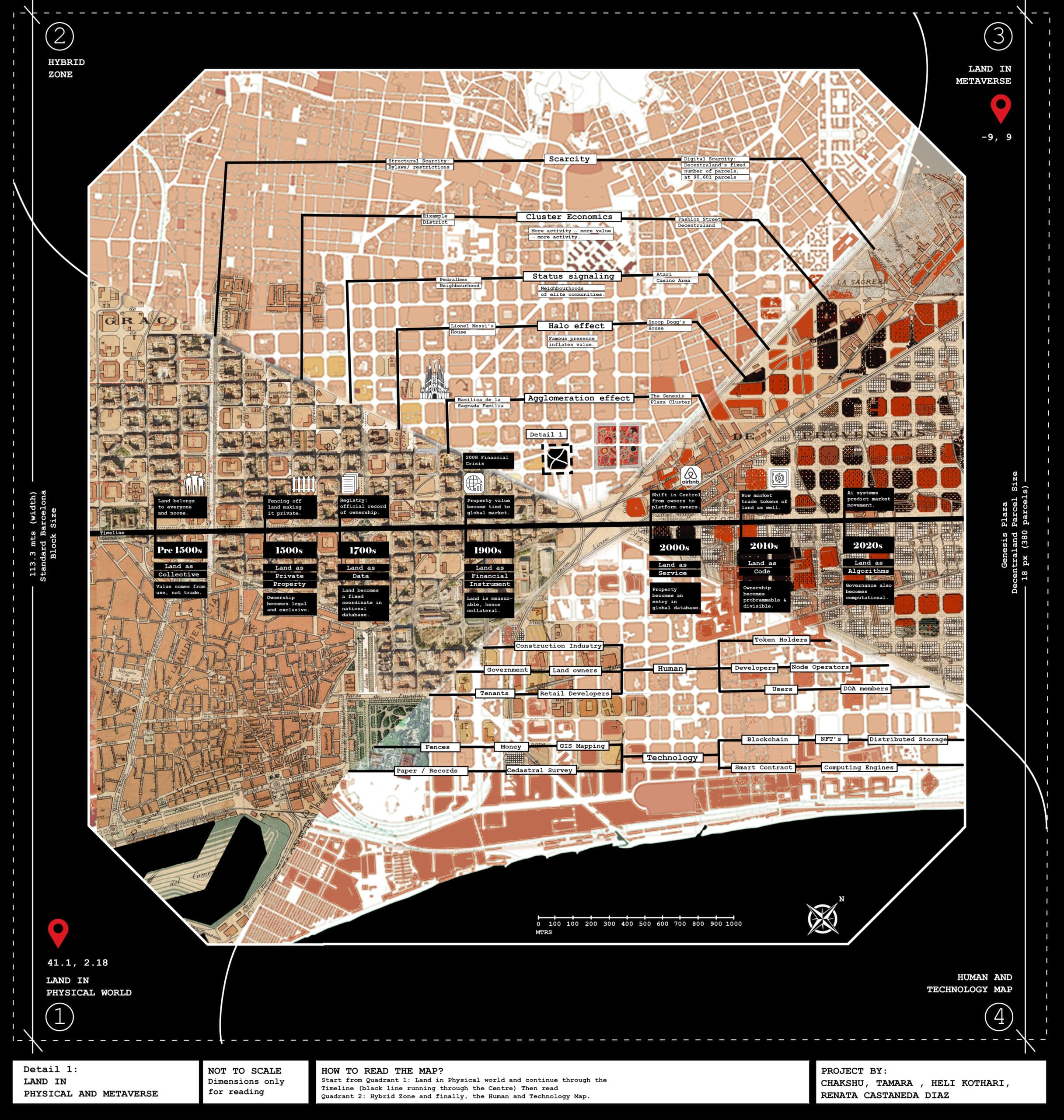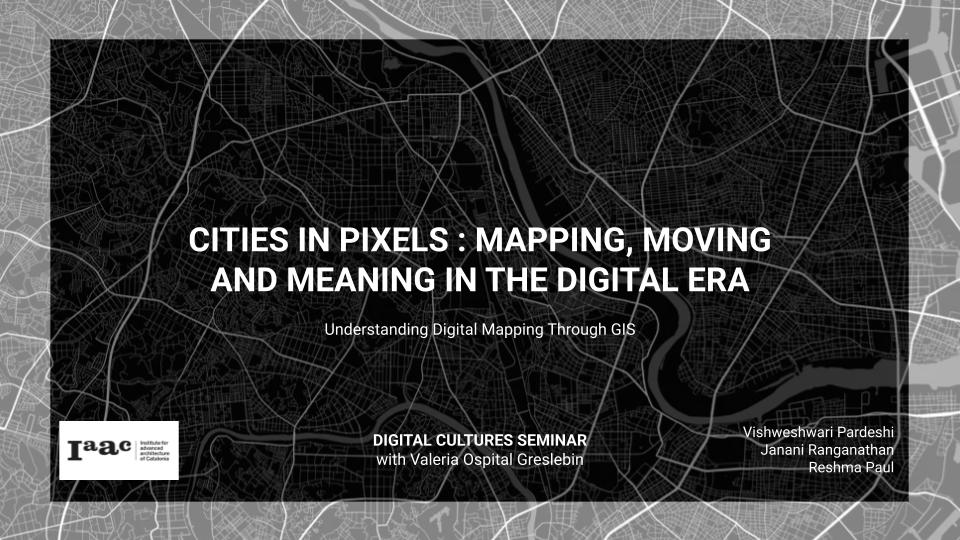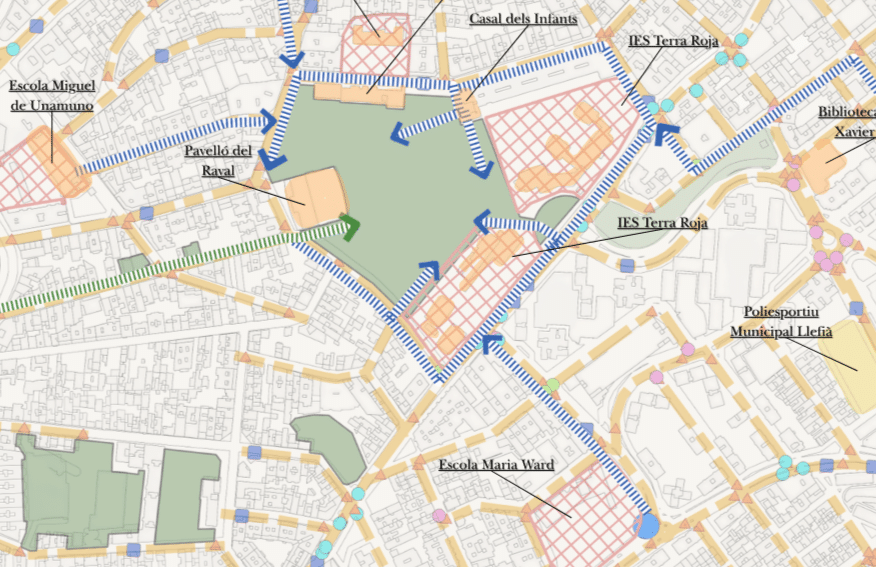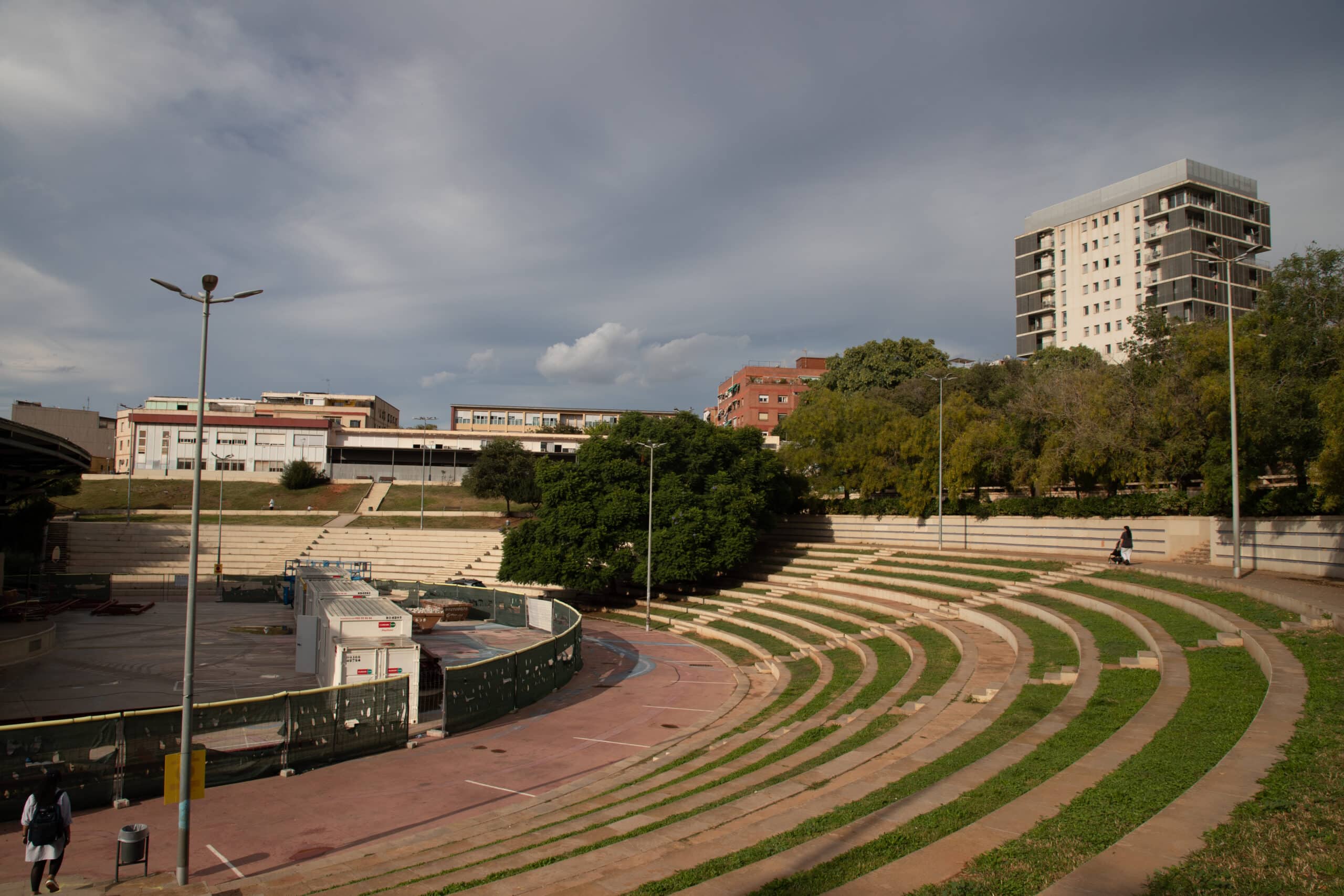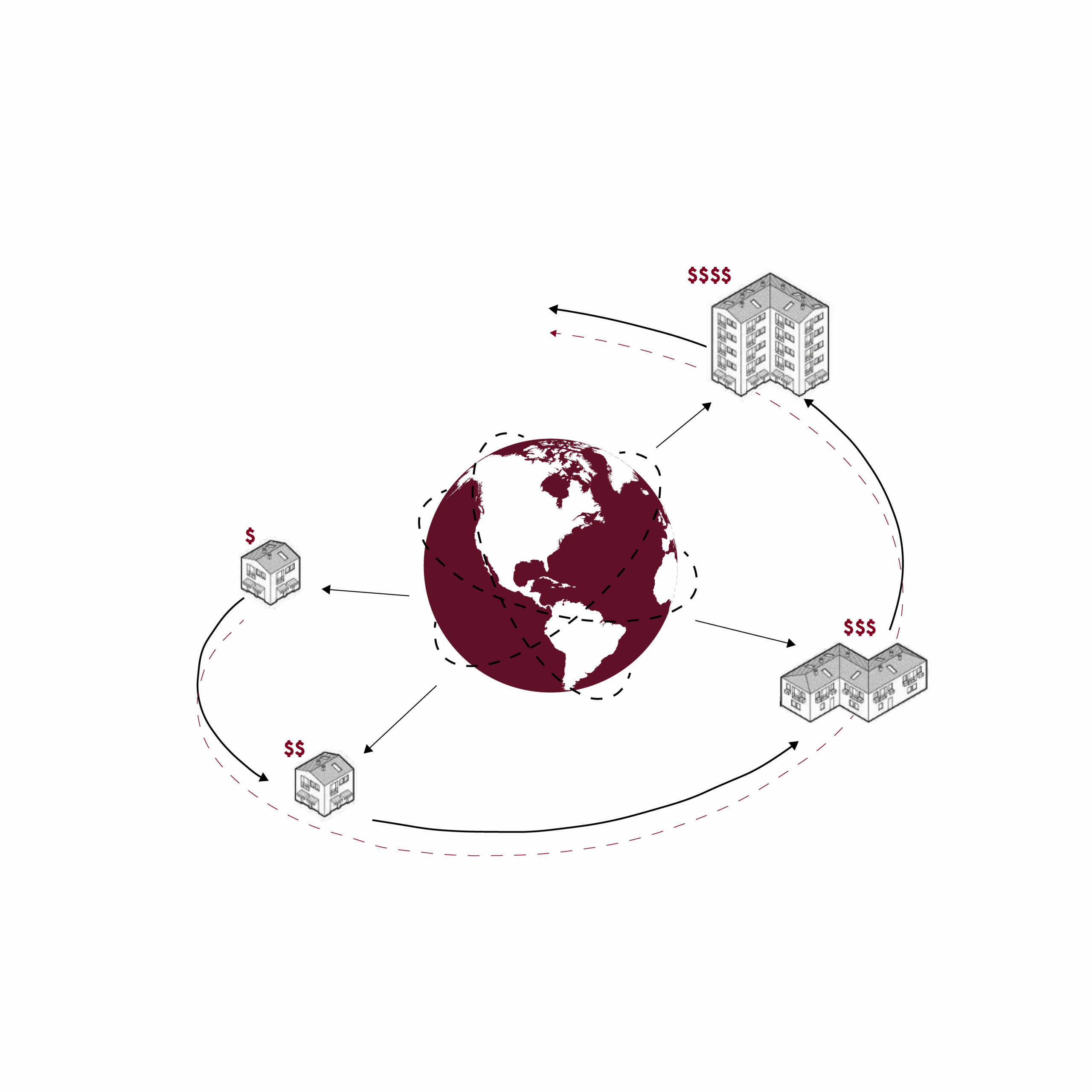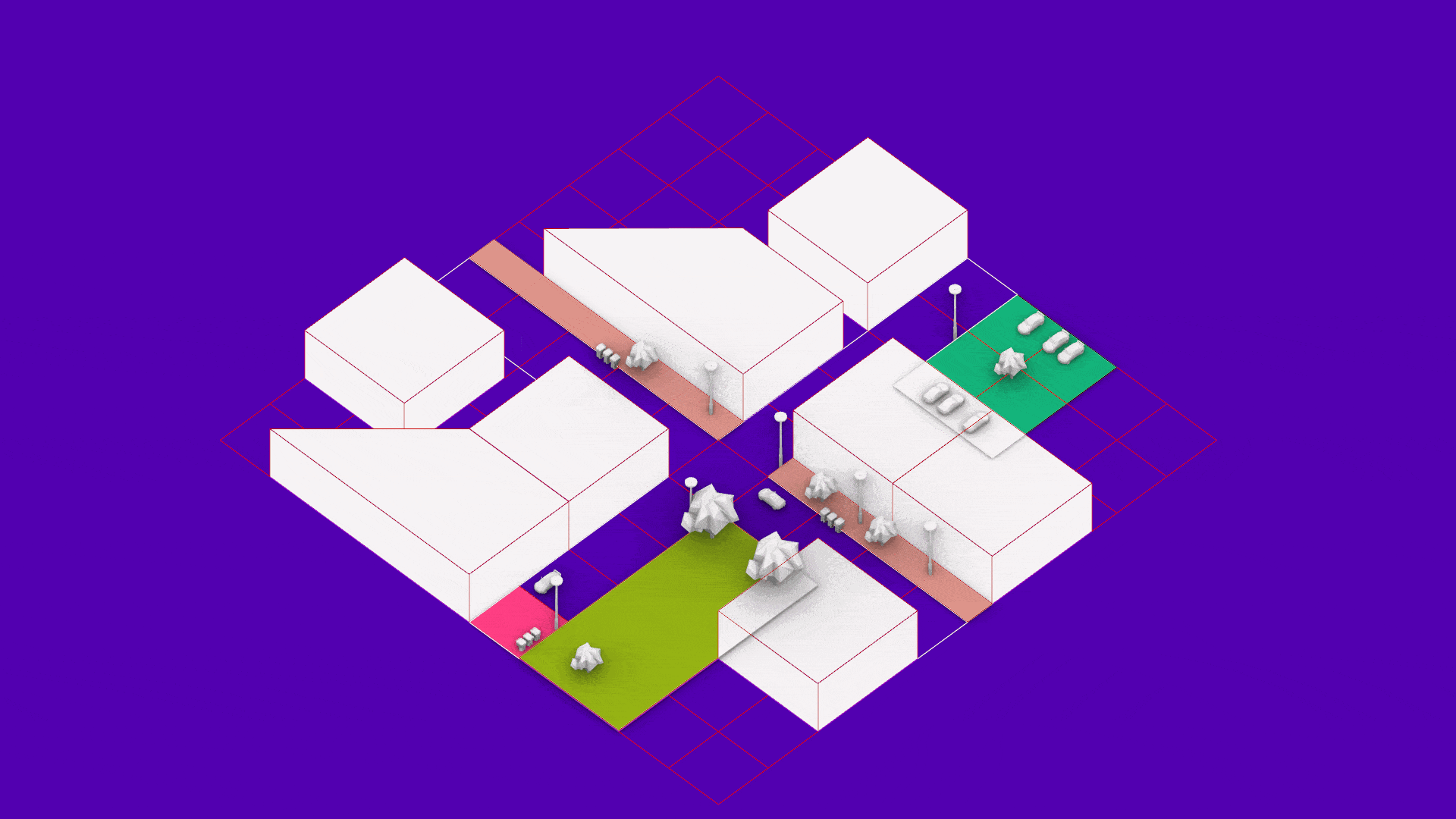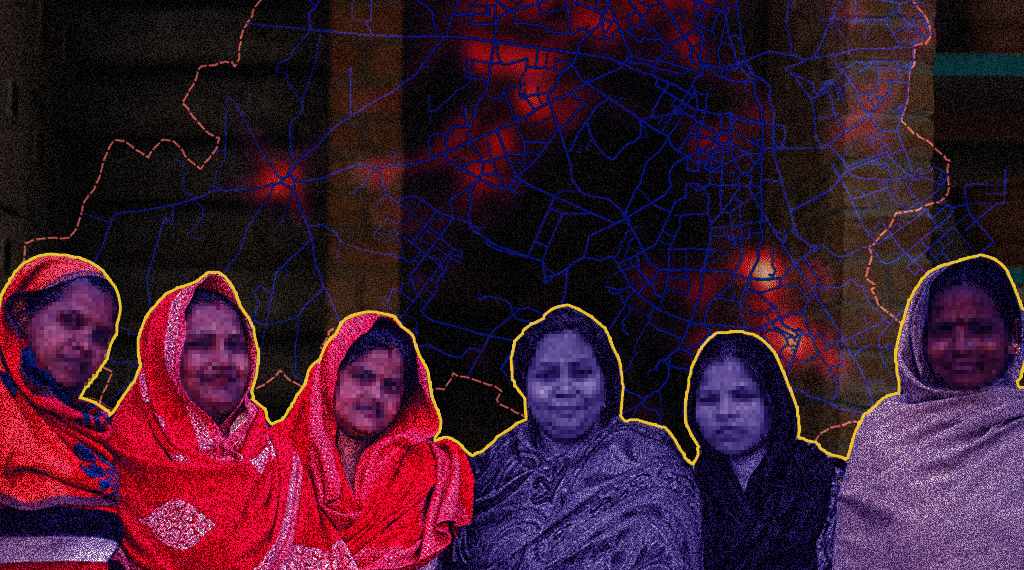REEF ATLAS: Tracking Global Coral Diversity and Conservation Efforts
Coral reefs are not just ecosystems — they are living, breathing cities built by millions of tiny architects working in harmony. Found in warm, clear waters from the Maldives to the Caribbean, these underwater kingdoms shelter a quarter of all marine life, despite covering less than 1% of the ocean floor. From fringing reefs that … Read more


